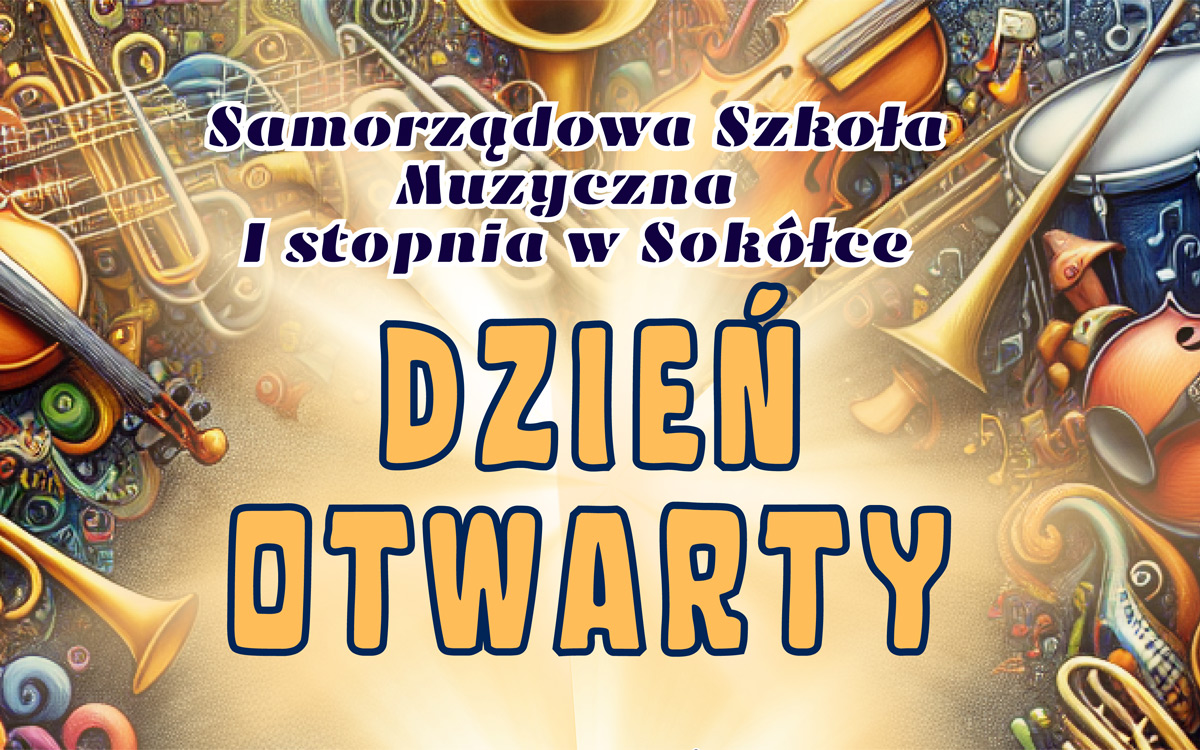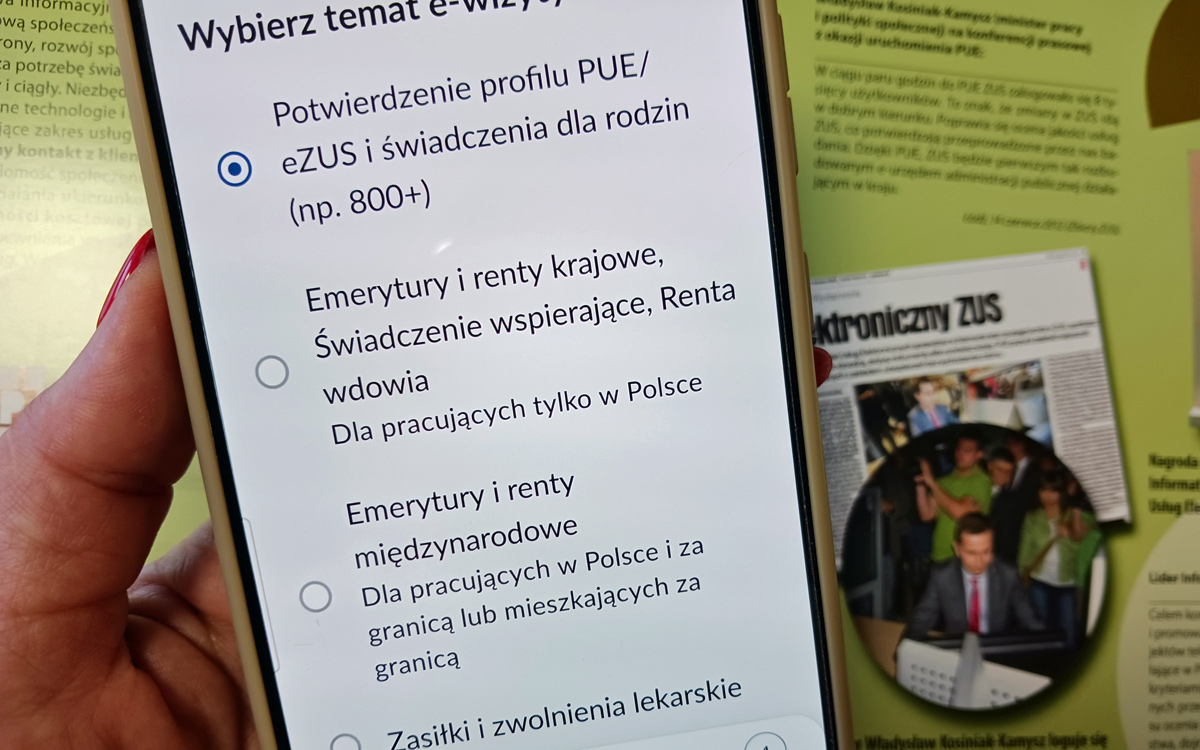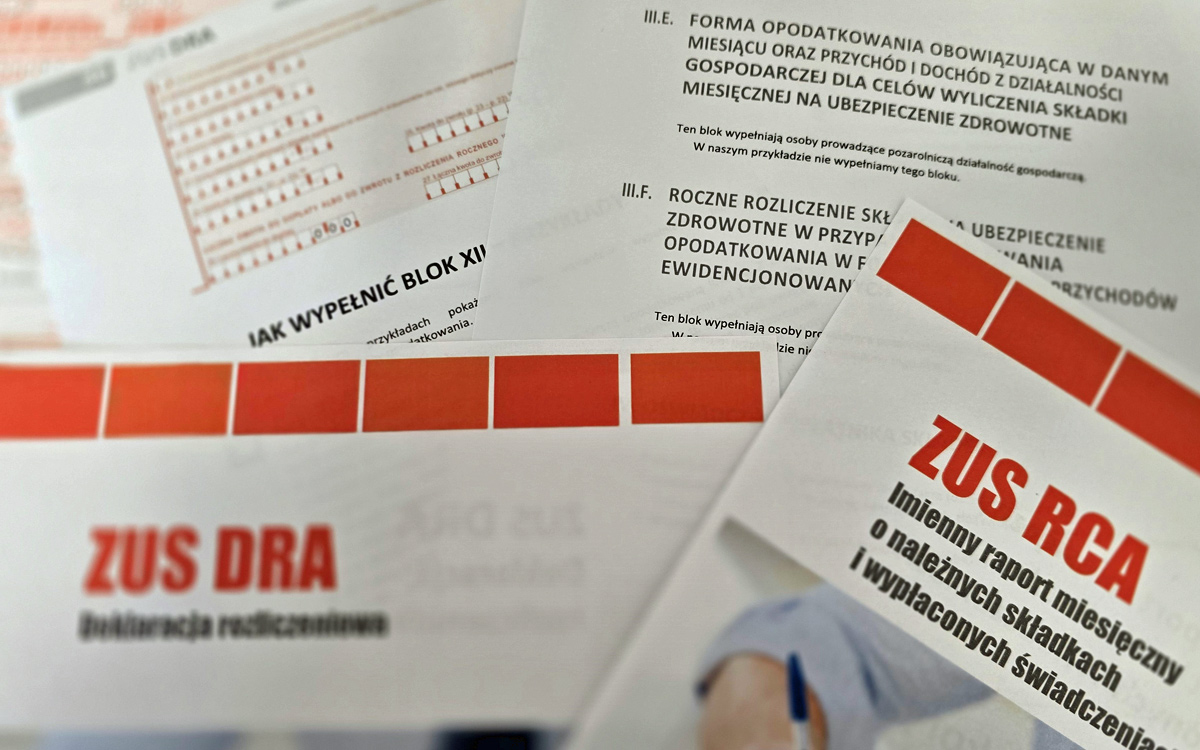Welcome to Sokolka
OUR MUNICIPALITY
Sokolka is situated in the eastern part of Podlasie Vojevodship, on the edge of Knyszyn Primeval Forest, by the international road and railway route Warsaw-Bialystok-Grodno and running farther towards Minsk, Vilnius, Riga, St. Petersburg and Moscow. The municipality borders on Belarus and is situated on the territory of a future European Union’s east boundary. Sokolka municipality covers the area of 314 km2. It is inhabited by 28 thousand of people, with 20 thousand living in the town and 8 thousand in the country (90 villages).
The town rights were conferred by King Sigmund III Waza in 1609. Sokolka land is the region where many monuments of folk buildings and rural wooden architecture were preserved. From Sokolka placing times in the 16th century architectural arrangement of the town center with the Old Town Square and adjoining streets and houses which keep the times of Antoni Tyzenhauz in mind were preserved . It is worth paying attention to the neoclassical St. Antoni’s Catholic Church dated from 1848 and St. Alexander Newski’s Orthodox Church from 1830 – with the beautiful set of icons and the painting “The Last Supper”. Sokolka is famous for raising of cold-blooded horses of Sokolka breed, Monday’s fairs, Sokolka’s Orients and the Tartar route running through interesting monuments of the past located in neighboring places (the oldest in Poland the wooden mosques in Bohoniki and Kruszyniany). Museum of Sokolka Land invites to visiting the historic section, the folk art, the Tartar’s tradition and the remembrance room of Lewoniewski aviators.
The beautiful landscape of glacial hills reaching 230 meters above sea level which is the area of the protected landscape of The Sokolka Hills and The Landscape Park in the valley of Sokolda river encourage everyone to go in for hiking, cycling, horsing and skiing. The attraction in the summer time is the rest at the local reservoir. The bicycle trail from Augustow to Bialowieza runs through the town. Cyclists can find here many other beautiful paths.
THE MUNICIPALITY OPENED FOR INVESTMENTS
Sokolka location in the place of the international railway and road route (road no 19) from Warsaw through the border checkpoint Kuznica Bialostocka in Grodno direction and farther to the east has considerable significance for investors. The importance of that fact will undoubtedly grow after having handed over towards the end of the year the border terminal in Kuznica Bialostocka which will be the most modern one in Poland.
Already now many companies run a business in the area of the town on the basis of international barter with Russia and Belarus. There are further possibilities of development, the municipality administers the free grounds situated by the railway and the national road no 19 (or in the vicinity of them) for erecting industrial and storing buildings as well as buildings for servicing of trade and tourism. The grounds are equipped with necessary installations and are waiting for new investors. The wide tracks leaded up to Sokolka with currently modernized network of unloading platforms offer additional opportunities. There are also grounds and conditions for building of railway sidings and terminals nearby the European and Russian tracks.
We are warmly inviting all investors to cooperation
The local authorities would have the pleasure of assisting with informing of the municipality’s and region’s peculiarity. They could show investment possibilities and integrate into the community. While investing one should think about Sokolka where energy and positive activities of its inhabitants help in doing a good business. Just now it is worth being interested in opportunities of locating of the company, a branch or a department here. Maybe it is the last chance so it is worth taking advantage of it. Lower tax rates by 25 % from maximum ones for properties on the grounds of the whole Sokolka municipality are additional encouragement.
The trail of the folk handcraft
The rich and living not so long ago traditions of the regional Bialystok folk art are cultivated nowadays just by few worth visiting handcraft workshops. The trail of traditional folk handcraft runs through pottery workshops and the forge in Czarna Wies Koscielna , the wooden spoons workshop in Zamczysk, the two-warp weaving workshop in Janow and in nearby villages, Piotr Szałkowski’s (the folk sculptor) workshop (Sokolka, 22 Mickiewicza Str., telephone no. 7115332). One can see the private collection of his sculptures and the exhibition of the folk art in the room of The Folk Artists Association.
The Tartar Trail
The Tartar Trail which runs through Bohoniki – 7 km away from Sokolka is the unique tourist attraction. There is the 19th century mosque here and Muslim’s cemetery “mizar”. The Tartar trail allows to observe the traces of a cultural and ethnic mosaic of eastern lands of the former Rzeczypospolita. Bohoniki is the former Tartar’s settlement founded in 1679 by the King Jan III Sobieski in an exchange for overdue soldiers’ pay for the captain of the Tartar regiment – Olejowski and his soldiers. After having settled here Tartars erected the mosque (at present there is another mosque dated from the 19th century in place of it) and founded the Muslim’s cemetery.
The practical hints …
The Tartar Trail” The Big” is 54 kilometers long. It runs from Sokolka to Kruszyniany through, Kamionka Stara, Wierzchlesie, Talkowszczyzna, Swidzialowka Nowa and Nietupa.The trail can be covered in one day. The remains of the first Tartars settled in that area at the instance of the indebted king can be found in the regional museum in Sokolka (Sokolka Community Center, 1 Grodzienska Str., telephone no 7112435). The man called by The Muslims ”imam” arrives at Bohoniki’s mosque every first Friday of the month to say mass. One of Tartar women takes care of the mosque. While showing tourists round the temple she is wearing the dress which Muslim women usually puts on for the prayer. One has to be careful! While entering the mosque shoes have to be taken off. Moreover one has to wear appropriate clothing: with covered arms and legs to knees – it also concerns men. One can stay for the night (telephone no 711 9171) in the house of the mosque career or in Sokolka. In Bohoniki there is no shop so one has to provide oneself with sandwiches and drinks. To reach Bohoniki one can go by train from Bialystok to Kundzin (Kuznica Bialostocka direction) and from there by bike or on foot in direction of Orlowicze. Alternatively – get off the train in Sokolka and take a bus to Kuznica via Malawicze direction.
The Museum of Sokolka Land
The Museum of Sokolka Land is situated in the historic 18th century building of Lithuanian podskarbi (the official managing the treasure of the ruler)- Antoni Tyzenhauz. Formerly workshops were in that building. Carriages, silks, dresses and different kinds of decorations were hand-produced here.
Since 1974 keepsakes have been collected in the museum. At present they represent unique exhibits connected with the history of the region, the folk art and the religion of the Polish Tartars. Both the historic and ethnographic sections tell about the beginning and development of Sokolka. They describe the products of folk culture tradition. Two other rooms are designed for Tartar’s display. They tell us a few words about the history, the culture and the rituals of Islam believers who inhabit in large numbers the Bialystok region.
The historic section gathered a plenty of personal keepsakes of people who struggled for independence of that land during the second world war. The documents and commemorative photographs exemplify evidences of Soviet and German occupation.
While visiting the Sokolka’s museum you can better understand the cultural mixture of that region. The styles of the Catholic, Orthodox, Muslim and Jewish cultures have been reflected in the folk art for ages. The ethnographic section is the evidence of our roots. It gathers many exhibits which tell in a colourful way about the former life. The examples are: agricultural machines, household equipment, folk clothing, weaving, flax treatment or tools of such craftsmanship as smithing and carpentry.
Those who are visiting the Tartar section in the Museum of Sokolka Land have a chance to familiarize with details concerning Polish Muslim believers. One can see here photographs of mosques inside and outside, muhiry (reproductions and originals), family coats of arms- tamgi, the original Koran and its translations into Polish, the cards with prayers – chamiły, headgears putting on while entering the temple, the chart with geometrical shapes and Arabic comments made in the Polish Tartars community at the end of the 19th century. Moreover, the keepsakes of Dżanet Dżabaga-Skibniewska’s, Aleksander Jeliaszewicz’s and other Polish Tartars whose names were written on the history sheets are among the museum’s collection.
Numerous prints – reproductions of paintings made by famous painters (Juliusz Kossak’s among others) are the interesting artistic point of the museum. These works show Tartars in different situations which are characteristic of their customs.
While visiting the museum one can be familiarized with variety of customs of Polish people resulted from the religion mixture of cultures.
View map
THE TOWN OFFICE IN SOKOLKA
16-100 Sokolka, 1 Plac Kościuszki Str.
Telephone exchange: +48 (85) 7110900, fax (85) 7110911
e-mail:



